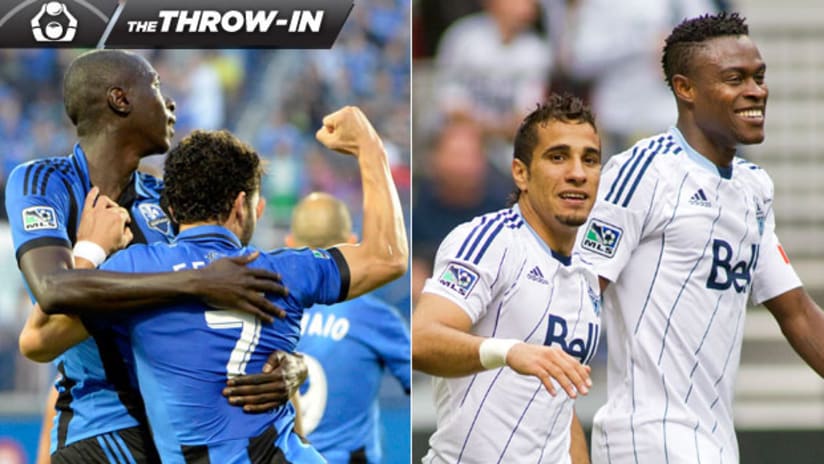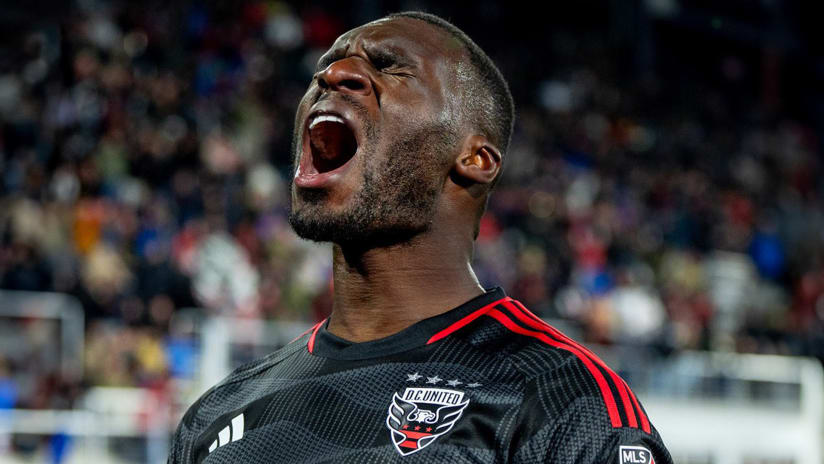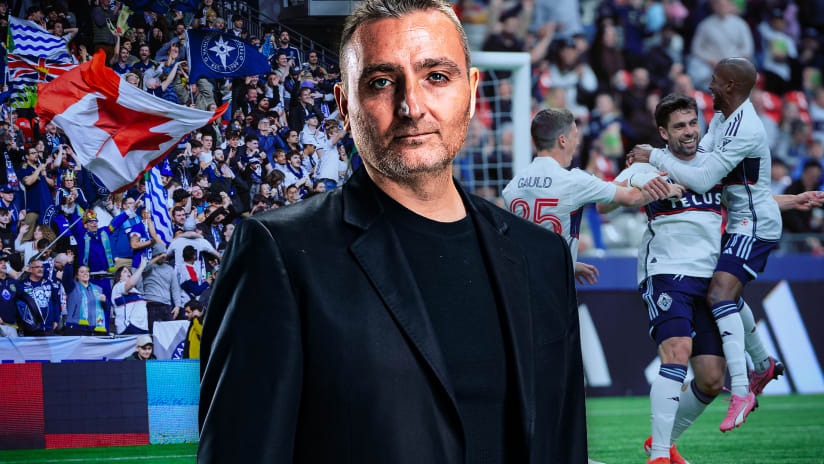Canadian soccer fans have just witnessed one of the worst stretches in men’s national team history.
By the time their team next takes the field next month, it will be a year since the last victory, and the displays over that 11-game stretch have been – to put it tastefully – toothless.
There are cries from every corner of soccer circles north of the border that the program is suffering from a lack of direction, a feeling that not enough new talent is being developed and an idea that it might be time to throw some players born elsewhere into the pool to infuse the national team with some excitement and hope.
In short, Canadian soccer is going through close to the same moment American soccer went through almost exactly 25 years ago. And Canadian soccer can steal a page from US soccer to start fixing what ails it.
It’s ancient history now, but the days before the US qualified for the 1990 World Cup were dark ones. There was little success on the field – in fact, the 24-month span between 1987 and ’88 ranks among the most fruitless in USMNT history during the modern era.
What there was at the time, however, was a game-changer on the horizon: The United States was named host of the 1994 World Cup. That set in motion a series of events that convinced the power brokers in this country that something had to change and measures had to be taken if the US was going to be a serious player in the Beautiful Game.
The subsequent years saw the founding of Major League Soccer, the ambitious Project 40 initiative, the establishment of the Bradenton Academy in Florida and, eventually, an overhaul of the USSF Development Academy system and a U.S. Soccer national curriculum.
But there was one immediate step the federation took that yielded quick results: casting a net as far as possible to find players who were eligible to suit up for the national team. That brought in foreign-born guys like Earnie Stewart, Thomas Dooley and Roy Wegerle.
Stewart and Dooley were European-born players with American fathers who starred in the Dutch and German leagues, respectively. Wegerle was a South African playing in England who gained citizenship through his American wife. All three became key members of the USMNT in the years to come.
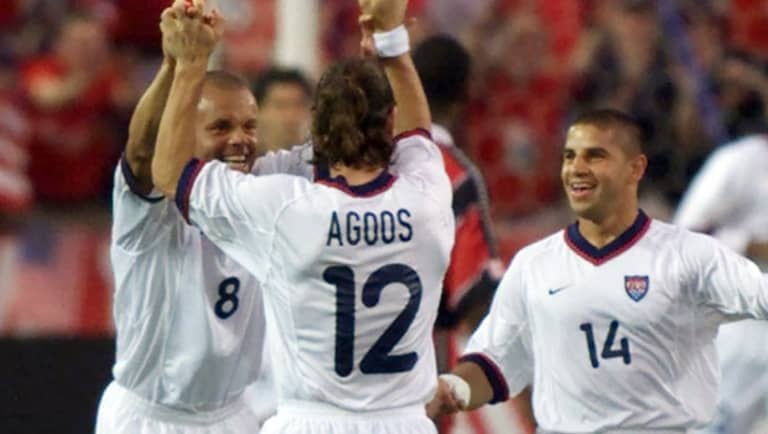
“They were a linchpin in moving the program forward,” insists MLS technical director of competition Jeff Agoos, who was part of the national team before they arrived and watched their integration into the fold. “Without them, we might have not gone to the second round at the ’94 World Cup.”
There’s a nice parallel here with what Canada are currently going through. No, there is no World Cup to look forward to (though you could make an argument that hosting the 2015 Women’s World Cup is somewhat analogous). But the possible first step in fixing a longer-term problem is the same.
In the past week, the suggestions have gotten louder that the Canadian men’s national team could benefit from the naturalization of guys like Vancouver Whitecaps duo Camilo Sanvezzo and Gershon Koffie, and Montreal Impact pair Felipe Martins and Hassoun Camara. It’s brought up the usual conversations over “who deserves to play for a national team,” and cries of “why can’t we produce our own talent?”
Both are valid debates, and there are no easy answers to either. But what is not debatable is that getting those four players into red jerseys would be an immediate talent boost to Canadian side, much in the same way a trio of foreign-born players helped the USMNT 20 years ago.
The circumstances are slightly different. In the late 1980s, the US national team was made up mostly of college players, and the idea of chartered flights and cushy hotel accommodations was as dreamy as getting cultured European-raised players like Stewart, Dooley and Wegerle into red, white and blue jerseys.
But what those three did for the team was immeasurable: They helped to introduce new perspectives, a new competitive vibe and a belief that the team was better than the sum of its parts. They helped create, as Agoos explains, less of a feeling that “we were just thrown out there and were hoping to compete” with teams that were better than they were.
“They brought the best out of us,” explains former US national teamer Marcelo Balboa. “Just because they were European didn’t necessarily mean they were stepping into the lineup. We made them earn their spots. And that brought the level of play up across the board.”
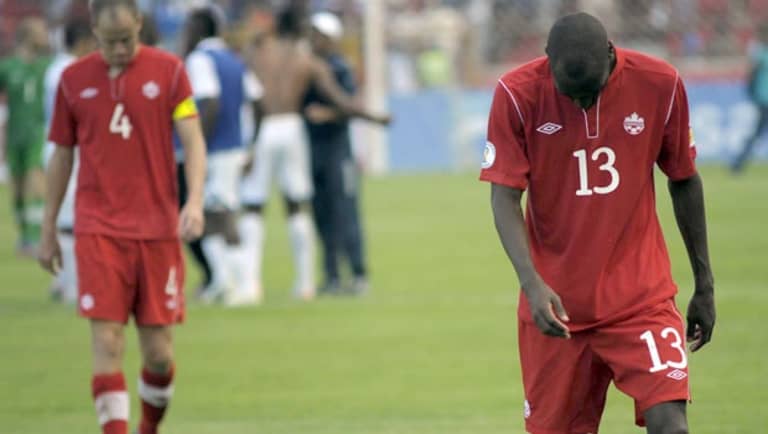
Canada is further along in this regard. All of their senior team players are professionals, and many were raised in the academies of European clubs. But one of the biggest knocks of the current batch of players is the opposite: that they’re
less
than the sum of their parts. Last fall’s
8-1 World Cup qualifying flameout in Honduras
is the ultimate example.
In the long-term, the Canadian Soccer Association has a lot of work to do to unify its approach to player development and how to keep players raised in Canada from pursuing international soccer elsewhere. What it can do in the short term is open its arms to players within its borders who already share a common experience with much of the player pool.
“The analogy you always use is, if you go into a bar with these guys, if something goes down, they’ve got your back,” explains former Canada captain and current TSN analyst Jason deVos.
“If [these players] want to represent our country, if they want to become Canadians, and they want to pull on that red jersey and they want to fight for that red jersey, I have no problem with that. Because that’s the guy that I’d go to war with.”
For a team starved of goals – just two scored over their past 11 games – Camilo and Felipe would be a big upgrade. And the work rate and toughness of Koffie and Camara would be a boost as well. These are four players much of the Canadian team already knows well. And although they’d still have to earn their spots on the team, that familiarity will breed chemistry, confidence and perhaps a sense that the entire squad is better than what it has shown on the field.
This isn’t necessarily a lightning-fast quick fix either. Canada’s immigration laws are harsh, and require a three-year stay for naturalization – and that’s excluding days spent outside the country, which would delay the process even further for a professional athlete who spends much of the season on the road.
But there’s clearly a desire there, much as there was with Dooley, Wegerle and Stewart. Koffie already has Canadian residency, Camilo and Camara have submitted their paperwork and Felipe intends to do so (and made multiple passionate statements of his intent on Twitter this past week).
That says something. And for a fan base that’s still rubbed the wrong way by the mention of Jonathan de Guzman and Junior Hoilett (let's not even mention Owen Hargreaves) – players born and raised in Canada who held out for better options abroad – to hear that there are players who are eager to don the red jersey and fight for the country where they make their living should be music to their ears.
Again, this isn’t a quick fix and it’s not an answer on its own. But it’d be a step.
Today, the US national team is a perennial World Cup participant and boasts a collection of talent that is deep and cultured. It’s not perfect yet and there’s plenty of work to do to make it a finished product. But the expectations are raised to the point where fans can expect quality and fight year after year.
This is where Canada can start to get that back.
Jonah Freedman is the managing editor of MLSsoccer.com.

